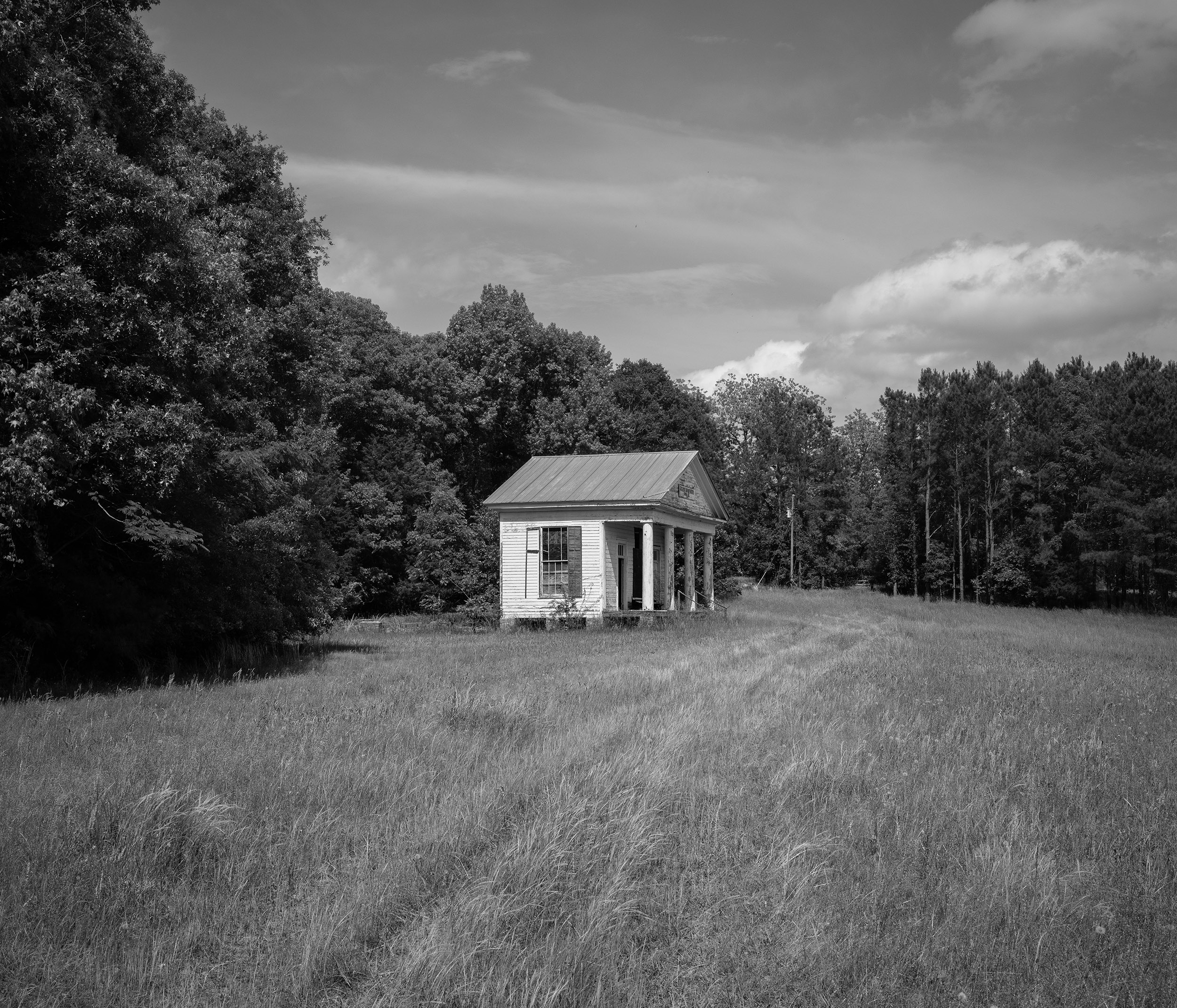04.30.21 – OLD FEDERAL ROAD, DAY 4: CREEK STAND







On Wednesday I finished driving the Old Federal Road across Alabama — finishing a leg of the road leading from Phenix City to Tuskegee and on to Mt. Meigs and Montgomery, driving the original road route – and sometimes the actual road itself – whenever possible. Midway between Phenix City and Montgomery are a series of former Creek trading posts, including Creek Stand, which later became home to a community of formerly enslaved African Americans. At Creek Stand is the Creek Stand A.M.E. Zion Church and cemetery. Founded in 1895 by freedmen, the church stood at the center of the African American community and is also home to several unmarked graves of enslaved people. The church was also one of several “roundup” sites where young white doctors and nurses with little clinical experience would meet groups of Black men from the local community and practice their diagnostic skills as part of the Tuskegee Syphilis Study. Several men subjected to the unethical study are buried in the cemetery.
First designated as a postal route by Thomas Jefferson in the early 1800s, the Federal Road stretched through Creek territory in lower Alabama and ushered in a new era of national expansion, communication, and exploitation of Native American and enslaved people. Crudely constructed overtop ancient Indigenous trails, the road functioned as a major thoroughfare for the western migration of settlers and enslaved people into present-day Alabama for the first three decades of the 19th cen. This colonial migration – what became known as “Alabama Fever” – ultimately led to the Creek Wars and the forced cessation of more than 21 million acres of Muscogee (Creek) territory and the establishment of the plantation system.1
+++++